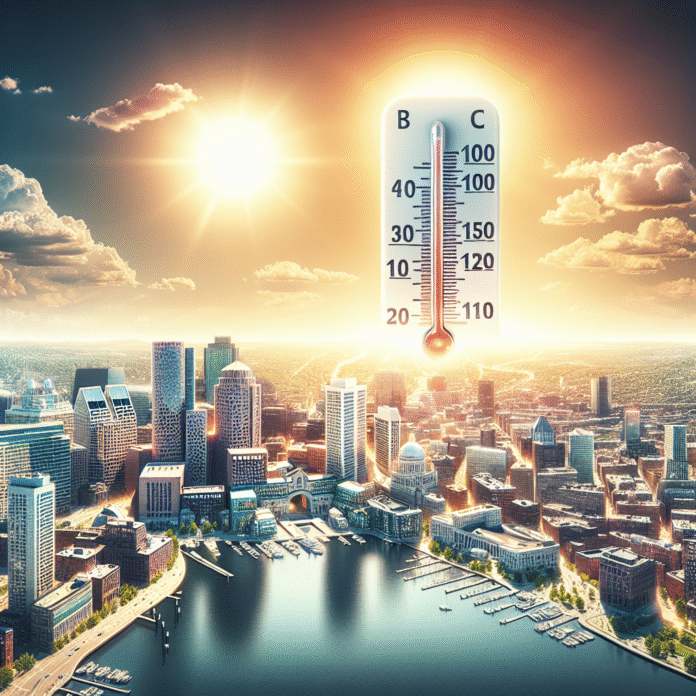Is Extreme Heat Becoming Common in Boston
What 102 Degree Temperatures Indicate About Climate Change
Is Extreme Heat the New Normal in Boston? What Hitting 102 Degrees Tells Us About Climate Change
As temperatures soared to a staggering 102 degrees in Boston, many residents are left wondering: is this extreme heat becoming the new normal? The recent heatwave serves as a stark reminder of the escalating impacts of climate change, which is reshaping weather patterns across the globe.
Climate scientists have long warned that rising global temperatures would lead to more frequent and severe heat events. Boston, like many other cities, is experiencing the consequences of this warming trend. The National Oceanic and Atmospheric Administration (NOAA) has reported that the average temperature in the Northeast has increased by approximately 1.5 degrees Fahrenheit since the late 19th century. This rise may seem small, but it has significant implications for weather extremes, including heatwaves.
Heatwaves and Their Impacts
Heatwaves can pose serious health risks, especially for vulnerable populations such as the elderly, children, and those with pre-existing health conditions. Increased heat can lead to heat exhaustion, heatstroke, and other heat-related illnesses. Furthermore, prolonged periods of extreme heat can strain the energy grid, resulting in power outages and increased air conditioning use, which can exacerbate air pollution levels.
Moreover, extreme temperatures can adversely affect local ecosystems. Plants and wildlife are struggling to adapt to the rapid changes in climate, leading to shifts in species distributions and potentially harming biodiversity. The urban heat island effect is also pronounced in cities like Boston, where concrete and asphalt absorb and retain heat, causing temperatures in urban areas to be significantly higher than in surrounding rural areas.
Adapting to a New Reality
Recognizing the increasing frequency of extreme heat, cities are beginning to take action. Boston has implemented a heat resilience plan that includes expanding access to air conditioning, creating more green spaces, and improving public transportation. Additionally, community outreach programs are being developed to educate residents on how to stay safe during heatwaves.
Local governments are also investing in infrastructure improvements to mitigate the urban heat island effect. This includes planting trees and creating green roofs, which can help lower temperatures in densely populated areas. Furthermore, public health campaigns are essential to inform residents about the risks associated with extreme heat and the importance of hydration and staying indoors during peak temperatures.
Looking Ahead
As climate change continues to escalate, it is crucial for communities to prepare for a future where extreme heat is more commonplace. The recent 102-degree day in Boston is not just an isolated incident; it is a harbinger of what is to come. Collective action at the local, state, and federal levels is necessary to address climate change and its impacts on public health, infrastructure, and the environment.
By understanding the causes and consequences of extreme heat, we can work towards a more resilient future. As individuals, we can also contribute by reducing our carbon footprint, supporting sustainable practices, and advocating for policies that address climate change. The time to act is now, before extreme heat becomes a permanent fixture in our climate narrative.
